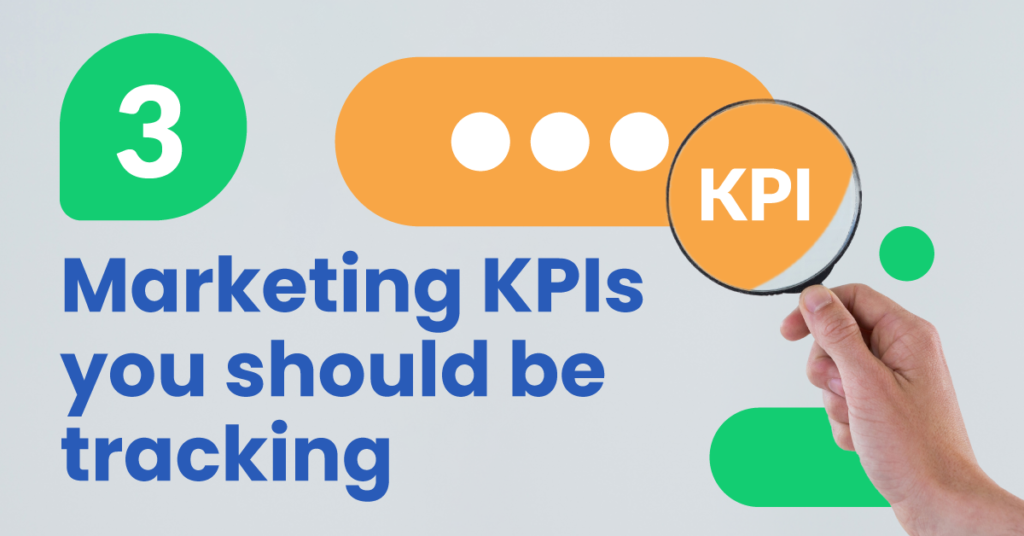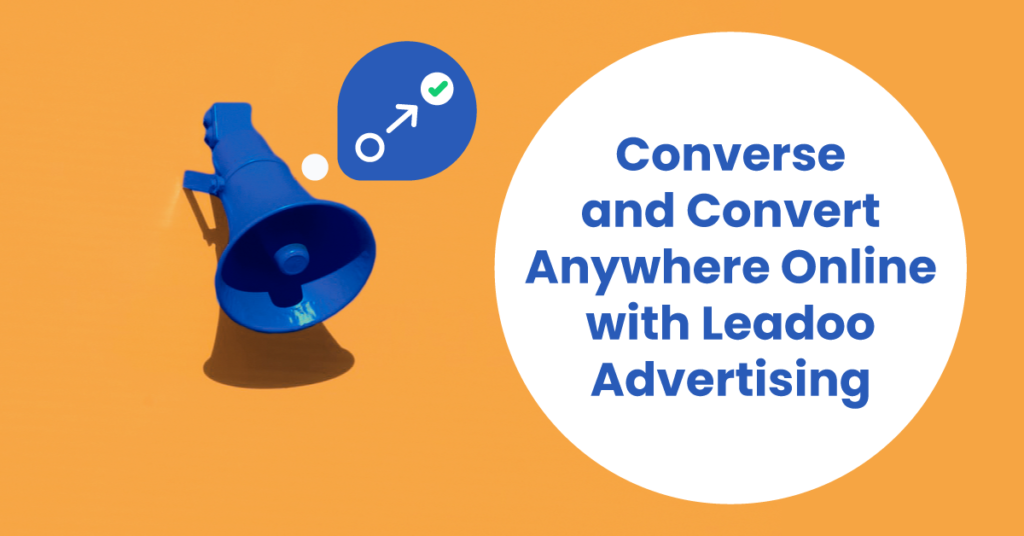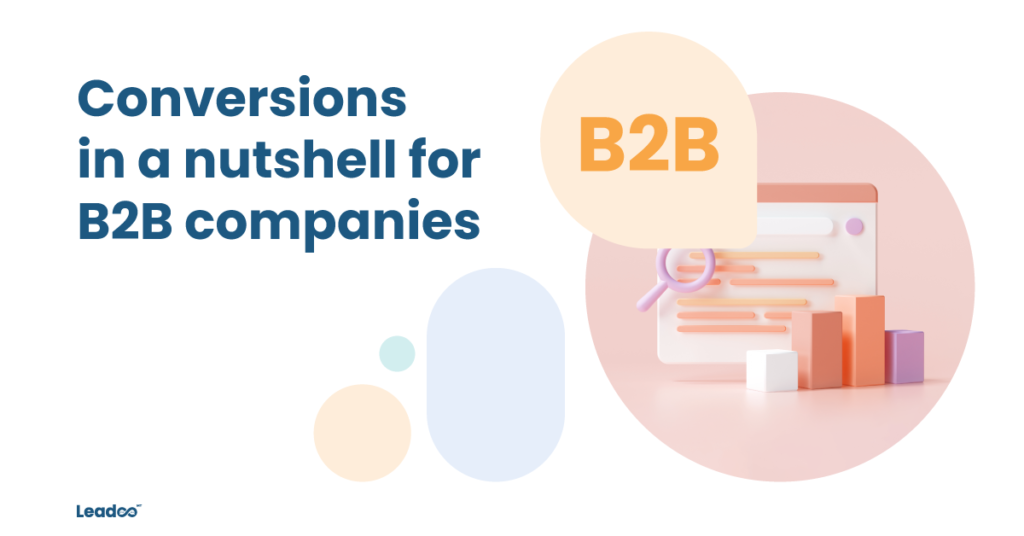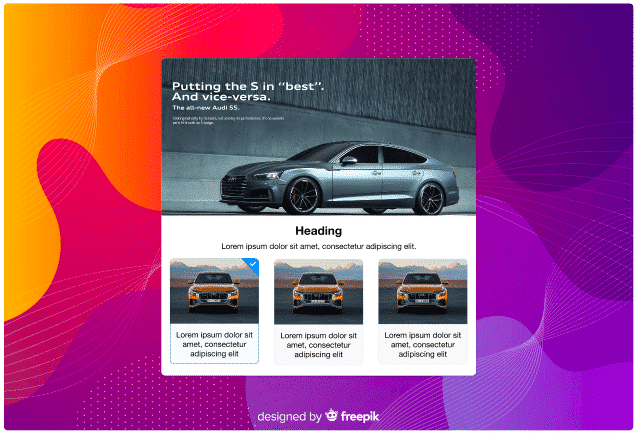
Reacting to the rapid change in military technology, the famous Prussian General von Moltke once stated: “No strategy survives contact with the enemy.”
Today’s marketing battlefront is having to react to the same technological advances. To ensure your marketing strategy is a success, there must be constant assessment and adaptation. You can’t employ a ‘fire and forget’ approach, but instead you need to test your tactics and then monitor the results.
However, this monitoring of performance must examine the right metrics, as these can make all the difference. Here are 3 KPIs that help you maximize your marketing effectiveness – but which you are probably not using!
Customer Acquisition Cost
Often overlooked, the customer acquisition cost (or CAC) simply tells you how much it costs to acquire each new customer. Cost per lead can be an equivalent metric but CAC gives a more complete picture of your marketing strategy and sales funnel. In short, it tells you how effective your overall marketing is.
Given there are so many campaign variables to test and run, the breakdown you get is really powerful. With a cost per acquisition for each channel and for every campaign you initiate, you can build a picture which tactic is leading the pack. Then you can refine and scale the most effective ways to approach your audience.
When combined with other KPIs, such as the lifetime value of customers (known as LTV, see below), it gives you a clearer understanding of profitability per customer. Inbound marketing usually has a lower CAC than traditional marketing approaches, and because you’re building a genuine audience and forming deep, individual customer relationships, the CAC will also improve over time as slow-moving leads are nurtured down the funnel.
To measure your CAC, just take your overall marketing campaign cost, and then divide it by the total number of customers generated from that campaign.
LTV or Lifetime Value for customers
Also referred to as CLV, LTV represents the total value to your business over time for each individual customer. Today, where our focus in marketing is not just individual sales but building relationships that deliver repeat purchases and brand referrals, LTV is something that is a much greater hallmark of the longevity and value of your business.
There are numerous ways to calculate LTV; some seek to focus on profit and others on sales value.
The simplest approach goes as follows:
Average single sale value per customer
X
Average number of sales per year from each customer
X
Average time in years the customer stays with you
The LTV has several uses. First, it’s a guide for how much sales you generate from each new customer. Compare it with the CAC and you get an idea of profitability for each new customer. (Obviously, if the cost of acquisition is higher than the lifetime value, you have a problem!)
LTV also acts as a guide for what your marketing spend to retain customers should be. There’s no point putting marketing effort into customer retention if it ends up costing more than those customers will generate in profits.
In addition, the LTV gives you an idea of future profitability. If you have a successful campaign that generates a lot of new customers, the LTV gives you an idea of the additional sales growth that they will bring. That is useful data when planning new marketing efforts, product lines and so on. Think of it as a brief glimpse into the future of the business that can be used for forward planning.
Average Time on Page
Many inbound marketers are using chatbots and conversational marketing in their campaigns to help engage with visitors. Of course, you need to understand how effective that can be and to do this, we need to know if they are engaging with the bot. There are actually various bot-specific KPI’s that can be used, such as the number of interactions (to measure ‘the hook’) or conversion rates (measuring ‘the close’), but another one is ‘time on page’.
So if you use a chatbot on your site and you start seeing longer stay times, you have a good indication that the adjustments you make to your chatbot and content are working. Now here’s where we need to point out that for marketers wanting to monitor the effectiveness of content more specifically, Leadoo’s InpageBot is content and context sensitive. This means that you can avoid the guesswork entirely and get to know the true value of your content and leads.
Download for more detail: Leadoo InpageBot
You’ve done the hard work, so make sure it works
Marketing is not just about the initial setup and strategy. Success for any campaign means adapting, adjusting and improving to find the perfect balance. Data is critical but with so much available, the right choice of KPI and metrics helps you refine your campaign without being swamped with hundreds of data points.
Work smart by monitoring these KPIs and being sure your campaigns are resonating. You want to get good value from your strategy so don’t let your good work go to waste by missing the tweaks that make all the difference.


